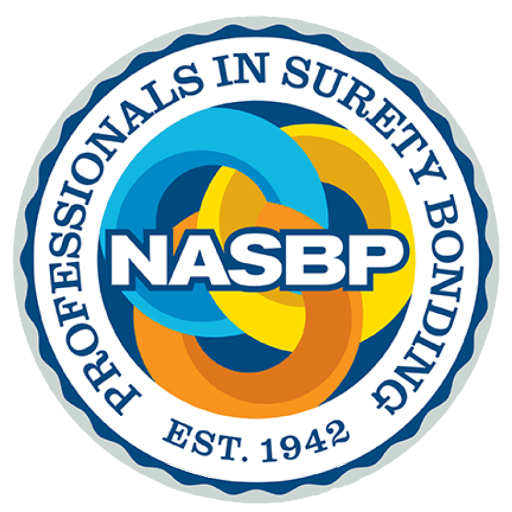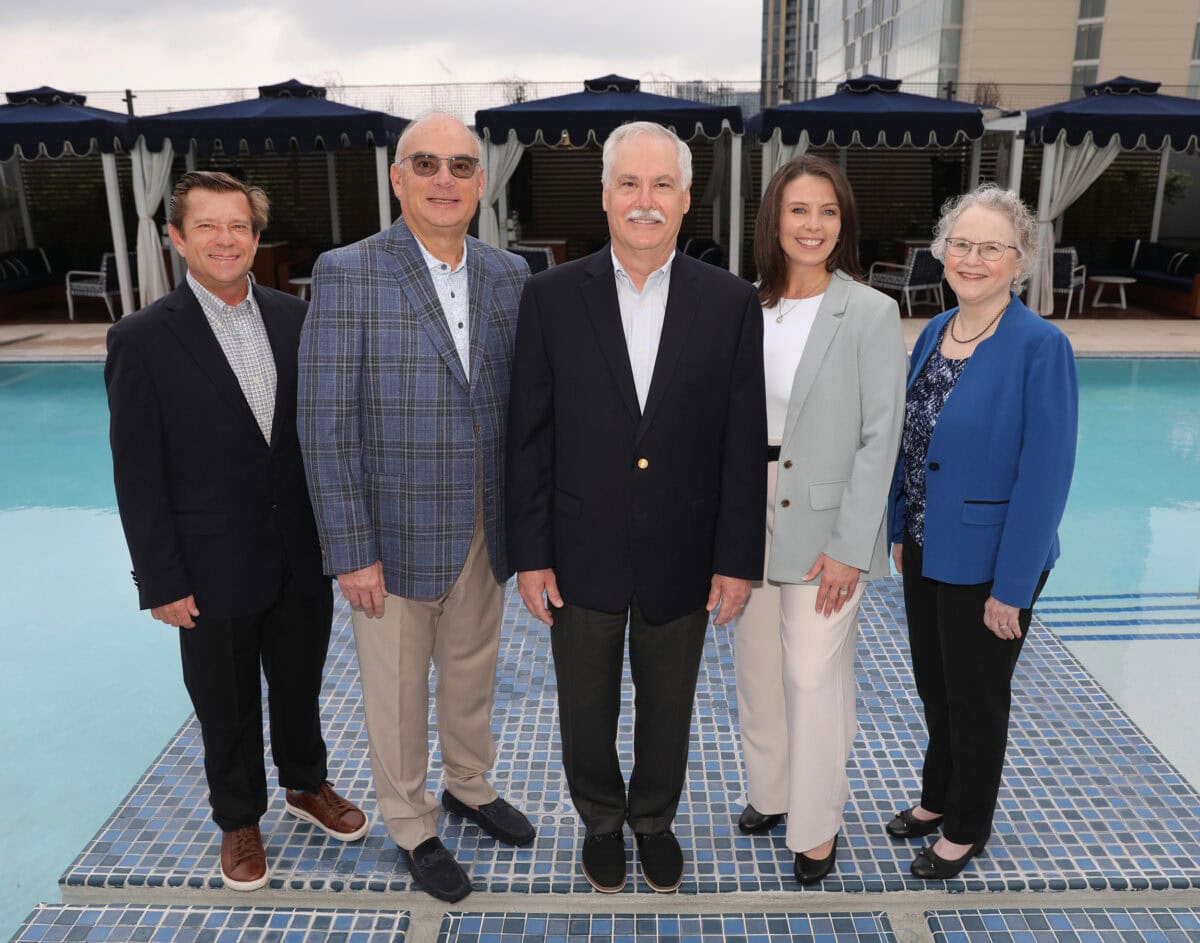
Federal Indictment Charging Man with Selling Fraudulent Surety Bonds Serves as a Reminder to “Always Verify Your Bond!”
It is an unfortunate, but verifiable, truth that there is a long and ugly history of surety bond fraud in the United States. Bond fraud can cause calamitous results on public and private works projects: it can prevent the lowest bidder from being awarded the contract; it can leave subcontractors and suppliers without a payment remedy in the event of the principal’s default; it can leave an obligee without performance recourse in the event of the principal’s default; it can catapult construction businesses into bankruptcy; and it can undermine the public’s confidence in the efficacy and responsiveness of contract surety bonds.
Although almost all contract surety bonds written are legitimate bonds that help guarantee project success, history suggests that a prudent owner, contractor, and subcontractor should take steps to assure that the bond proffered is not fraudulent and that the surety will, in fact, honor the commitment to provide the promised protection. Such due diligence is necessary to avoid becoming a victim of fraud and to protect the positive public perception of the surety product.
The ingenuity and unmitigated gall of bond fraudsters are breathtaking. They implement their shark schemes over the course of years, leaving, among other things, bankrupt construction businesses and a trail of unpaid subcontractors and suppliers in their wake. They sometimes perpetrate fraud in the names or near-names of various legitimate corporate sureties. They serve as individual sureties, unlicensed and unauthorized to do business in various jurisdictions; and they provide illusory and near-illusory assets to secure Miller Act performance and payment bonds provided on federal projects. Usually, when a claim is made on one of these bonds, the unauthorized surety disclaims any obligation, for various creative and fraudulent reasons, to honor the promise.
Over the years NASBP has reported on the comeuppance of various persons alleged to be engaging in or convicted of surety fraud. For instance, in 2017 NASBP reported that a federal jury in North Carolina had convicted longtime individual surety, Dennis Lyon; his brother; and others involved in fraudulent bond schemes. Lyon received a lengthy prison sentence for surety fraud and a court order to repay millions of dollars to contractors and public works agencies.
We now report that Leo M. Rush, the owner and operator of unlicensed surety companies, has been charged with five counts of mail fraud and five counts of wire fraud in the United States District Court for the District of New Hampshire. According to the indictment, which was unsealed on July 26, 2019, Rush managed the business activities of Newport Insurance Company, Inc., which was not licensed to sell insurance in any state. The indictment alleges that Rush sold Newport Insurance surety bonds for construction projects in several different states. The indictment alleges that Rush knew that Newport’s surety bonds were fraudulent and illusory because Newport was not a licensed insurer and did not have the financial ability to make payments equal to the amount of the bonds.
Rush appeared in federal court on July 26 and pleaded not guilty. The charges in the indictment are only allegations. The defendant is presumed to be innocent unless and until proven guilty beyond a reasonable doubt in a court of law. The case is being investigated by the New Hampshire Insurance Department and the Federal Bureau of Investigation.
It should be noted that through the years Rush and Rush-owned companies have been issued cease-and-desist orders by the insurance departments of a number of states, including Connecticut, Florida, and Rhode Island, for unauthorized insurance activities.
As many of you know, several years ago NASBP issued a one-page resource to address the critical need to educate contractors, subcontractors, suppliers, and owners on how to verify the authenticity of bonds before acceptance. The NASBP document, Always Verify Your Bond! explains, in simple terms, how bonds can be verified through a two-step process, which confirms that (1) the surety is licensed in the jurisdiction of the project, and (2) the bond has been authorized by that surety. Briefly, the two-step process involves the following:
|
Conducting this two-step due diligence will help contractors, subcontractors, suppliers, and owners avoid the significant harm caused by bonds that are unauthorized. For more information, access Always Verify Your Bond!
Prudent construction risk management mandates that industry stakeholders take such practical steps—to verify the authority of a surety to issue a bond and to verify the surety authorized issuance of the bond–to protect their businesses, livelihood, and reputations from those, whose long-term business plan is to issue bonds with illusory protections, cheat the government, and ruin the businesses and livelihood of hard-working folks.
As knowledgeable bond producers, you can encourage and instruct how these two simple verification processes can be put in place for clients and owners.

The author of this article is Martha Perkins, General Counsel at NASBP. She can be reached at mperkins@nasbp.org or 240.200.1270.
This article is provided to NASBP members, affiliates, and associates solely for educational and informational purposes. It is not to be considered the rendering of legal advice in specific cases or to create a lawyer-client relationship. Readers are responsible for obtaining legal advice from their own counsels, and should not act upon any information contained in this article without such advice.
Get Important Surety Industry News & Info
Keep up with the latest industry news and NASBP programs, events, and activities by subscribing to NASBP Smartbrief.




